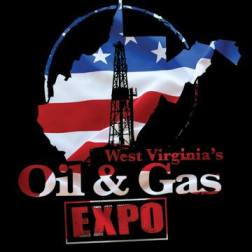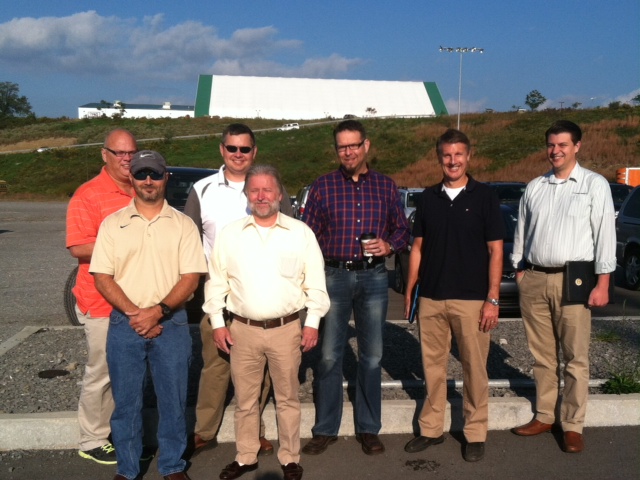 With prime location atop both the Utica and Marcellus shale formations, the small state of West Virginia has become one of the main focuses of domestic energy drilling and production.
With prime location atop both the Utica and Marcellus shale formations, the small state of West Virginia has become one of the main focuses of domestic energy drilling and production.
Officers and contractors from International Association of Heat and Frost Insulators and Allied Workers Locals 8 (Cincinnati, OH), 50 (Columbus/Dayton, OH), 51 (Louisville, KY) and 80 (Charleston, WV) recently attended West Virginia’s Oil & Gas Expo on October 2 to learn more about the upcoming opportunities within the fracking industry.
The largest event of its kind in the state, the Expo brought together companies directly involved in Site Development, Exploration, Drilling, Hydraulic Fracturing, Midstream Services, and Site Restoration. Customers, contractors, vendors and energy companies gathered together to view new technologies and hear experts speak on the future of this expanding industry.
The Expo featured 300 exhibitors, including several heat and frost insulation contractors from the Insulation Professionals of Ohio’s leading professional coalition: Advanced Specialty Contractors, Thermal Solutions, Inc., Brand Energy Services of Pittsburgh, LLC, and Atlantic Plant Services, LLC.
“West Virginia has been a major entity in domestic energy since the time the first coal mines were opened, and now the oil and gas industry is putting the hard-working, ambitious spirit of West Virginia back in the world’s spotlight,” says Expo Founder Damian Ferek on the Expo’s website. “As Marcellus Shale drilling gained footing, our goal became simple — to give the people of the industry a chance to see all aspects of the industry come together in one event.”
 Front row: Mike Winter (Organizer Local 51), Steve Keller (Business Manager Local 80). Back row: Mike Hickey (Business Manager Local 51), Ron Piersoll ( President/ Organizer Local 80), Mark Anthony and Joe Buchheit (Bi-State Insulation), Jared Goodsite (Pedersen Insulation)
Front row: Mike Winter (Organizer Local 51), Steve Keller (Business Manager Local 80). Back row: Mike Hickey (Business Manager Local 51), Ron Piersoll ( President/ Organizer Local 80), Mark Anthony and Joe Buchheit (Bi-State Insulation), Jared Goodsite (Pedersen Insulation)
